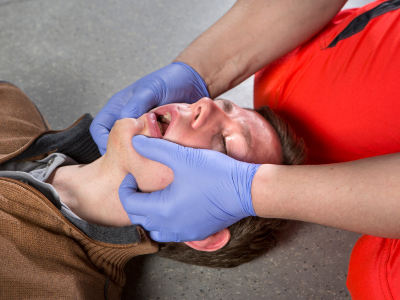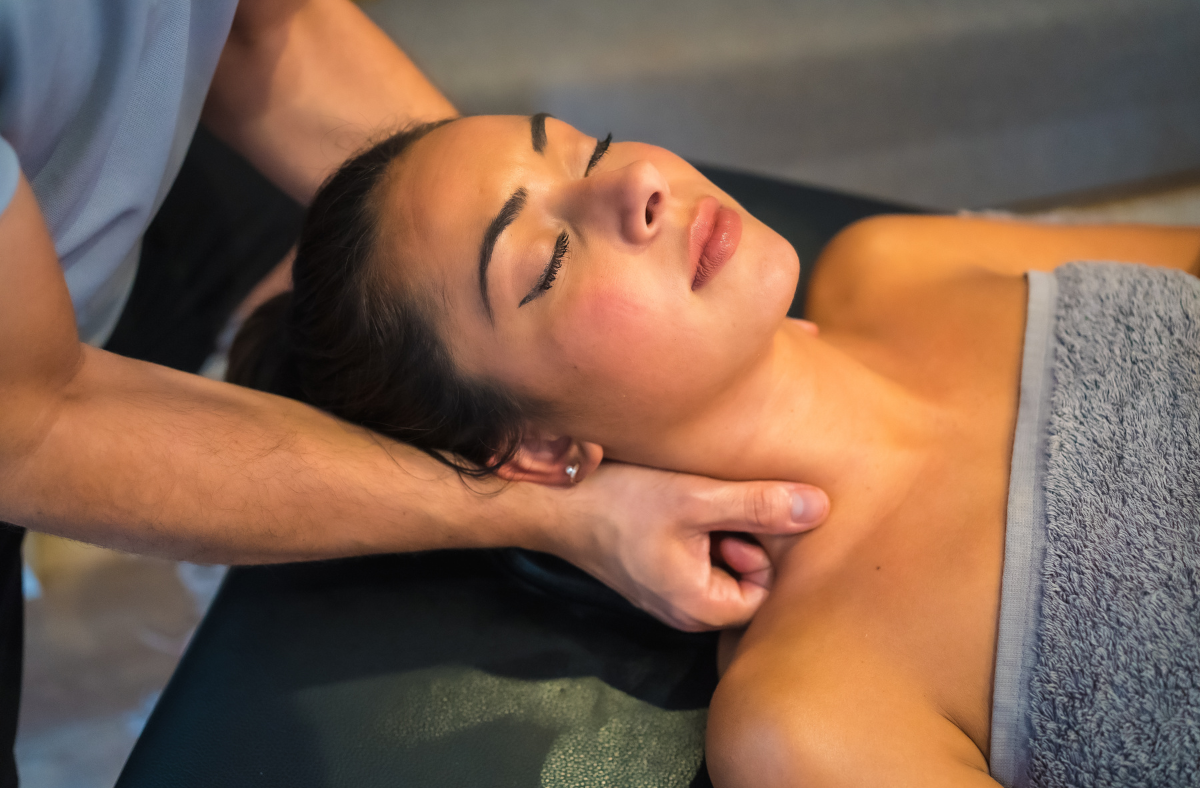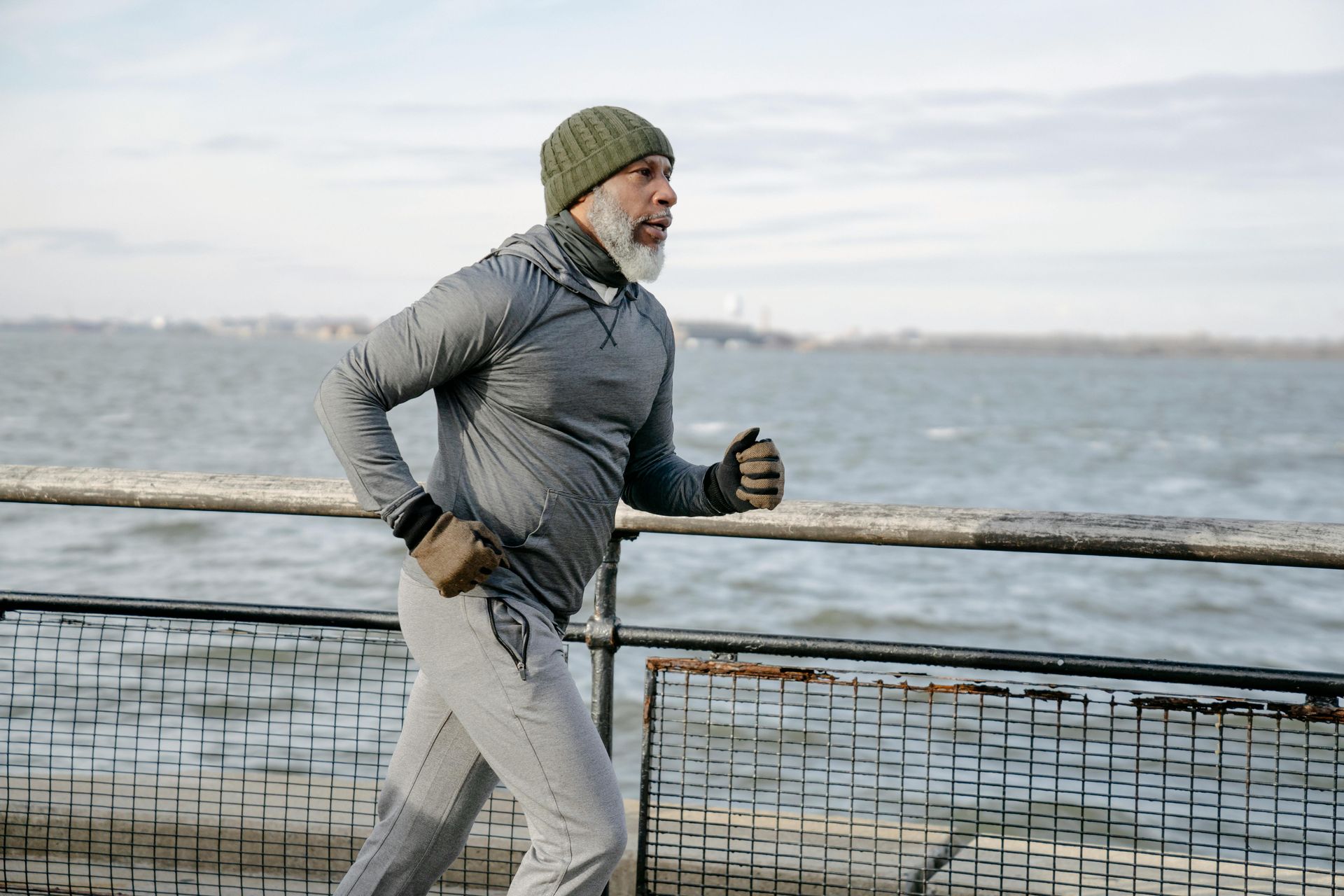What is the Epleys Manoeuvre? - Chelmsford Physio
What is the Epleys Manoeuvre?
The Epley manoeuvre, also known as the canalith repositioning procedure, is a treatment for benign paroxysmal positional vertigo (BPPV). BPPV is a common cause of vertigo, which is a feeling of dizziness or spinning. It is caused by small crystals that break off from the inner ear and get stuck in the semicircular canals. These crystals can cause the canals to move incorrectly, which sends false signals to the brain about balance.
The Epleys manoeuvre is a series of head movements that are designed to dislodge the crystals from the semicircular canals and return them to their normal position. The manoeuvre is usually performed by a doctor or physical therapist, but it can also be done at home.

How does the Epleys manoeuvre work?
The Epleys manoeuvre works by moving the crystals in the semicircular canals so that they can be flushed out of the ear. The manoeuvre is performed in a series of steps, each of which moves the crystals in a different direction.
The first step is to lie down on your back with your head turned 45 degrees to the affected side. The doctor or therapist will then quickly turn your head 90 degrees to the opposite side. The patient will then sit up and be instructed to tilt their head forward until their chin is on their chest. This position is held for a few seconds, and then the patient will be instructed to lie back down with their head turned 45 degrees to the opposite side of the original position. This process is repeated a few times, and the patient is usually symptom-free after the maneuver is complete.

How long should I rest after the Epleys manoeuvre?
You should rest for at least 10 minutes after the Epleys manoeuvre. This is to avoid "quick spins," or brief bursts of vertigo as debris repositions itself immediately after the manoeuvre. Don't drive yourself home until you are certain you feel “normal”.
Chelmsford Physio
Riverside Leisure Centre, Victoria Rd, Chelmsford CM1 1FG



